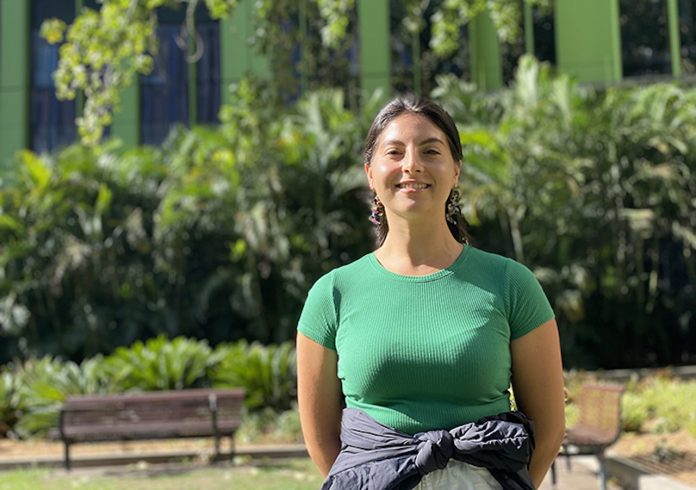Female mammals, including humans, generally outlive males.
Professor Maarten Wensink of the University of Southern Denmark said that around 1950, males lived about two and a half years less than females. By 1980, this difference had increased to about four and a half years. Then the difference in life expectancy declined to new lows of about two years in 2015.
Writing in The Conversation, he says this increase and subsequent decrease was due to smoking.
“Remove smoking and you get an almost flat line at only two years, which is what the difference in life expectancy between ages 50 and 85 would have been if nobody had smoked.”
One possible explanation for this two-year difference is that men have an X and Y sex chromosome while females have two Xs. If a person has a deleterious gene in an X chromosome this may be counteracted by an undamaged gene in the other X chromosome in women, but this cannot happen in men. This is known as the unguarded X hypothesis.
Recently a team from the University of New South Wales looked at published research on sex chromosomes and lifespan in many animals to establish whether there was a pattern of one sex outliving the other.
PhD student Zoe Xirocostas says: “We looked at lifespan data in not just primates, other mammals and birds, but also reptiles, fish, amphibians, arachnids, cockroaches, grasshoppers, beetles, butterflies and moths among others.
“And we found that across a broad range of species, the heterogametic (having differing pairs of sex chromosomes) sex tends to die 17.6 per cent earlier on average.
“It appears that the unguarded X hypothesis stacks up,” she said.
The researchers observed this same pattern in birds, butterflies and moths. The male of the species has the homogametic sex chromosomes (denoted by ZZ) while the female has the heterogametic chromosomes (ZW). Male birds, butterflies and moths usually live longer lives than females.
Gerontologist Professor David Gems of University College London has different ideas. He says that men have greater underlying constitutional longevity, but androgens produced by the testicles, while necessary for reproduction, increase late-life pathology and have the effect of decreasing male lifespan.
Professor Gems says castration may unmask underlying male constitutional longevity.
He quotes a study of eunuchs at the Imperial Court in Korea from the 16th to 19th centuries. More than 80 eunuchs were identified with an average lifespan of 70 years compared with a lifespan of just over 50 years for intact men of comparable social status. Moreover, three of the eunuchs became centenarians, living to 100, 101 and 109 years, a frequency that is at least 130-times higher than normal even today.
New Scientist reported him as saying that there is already plenty of evidence that males of other species would live longer than females if it weren’t for their energetic sexual activity.
If male marsupial mice are castrated they can live for years, otherwise they die in just a few sex-crazed weeks.
“They spend five to 11 hours a day copulating,” Professor Gems says.
Males of many species appear to be worn out early by pursuing and mating with as many females as possible, fighting other males to obtain mates and preventing other males from mating with their harem.
The extreme case occurs in the praying mantis, where the male is eaten by his partner after mating.
Human males also take bigger risks, have more dangerous jobs, drink and smoke more and are poorer at seeking advice from doctors than women.
Either that behaviour or having only one X chromosomes condemns men to a shorter life than women.



































